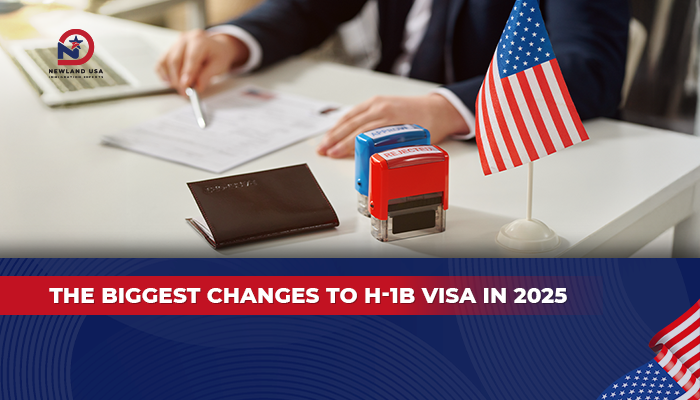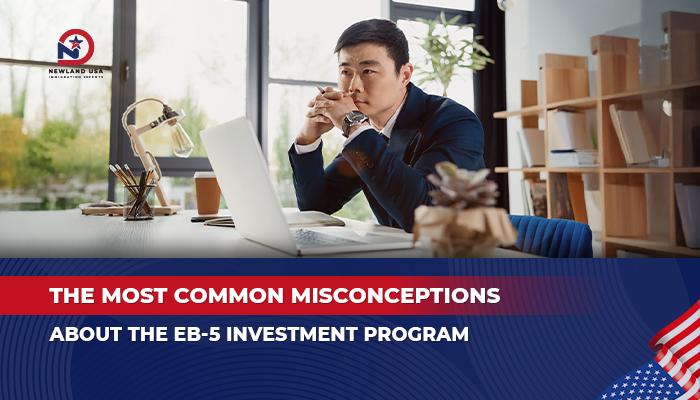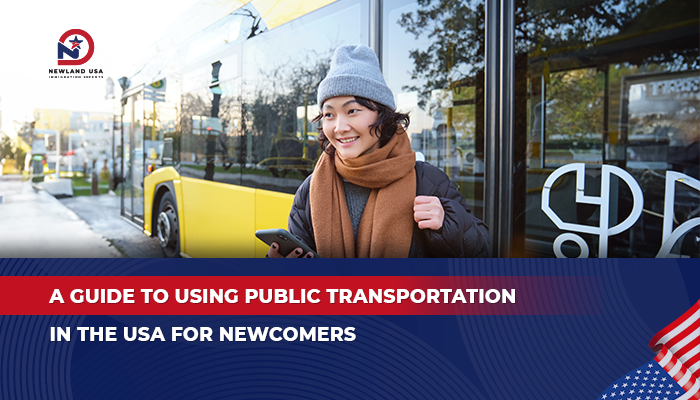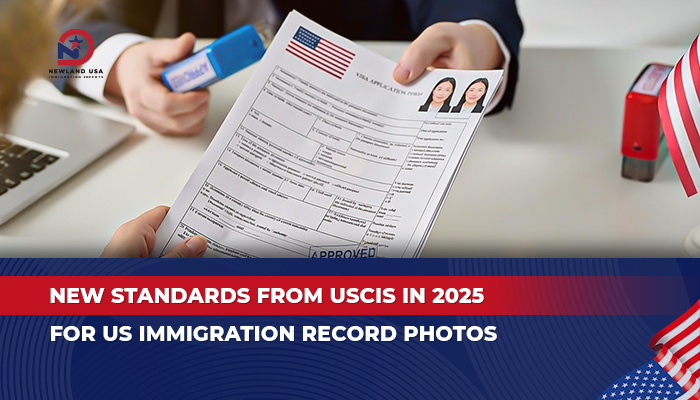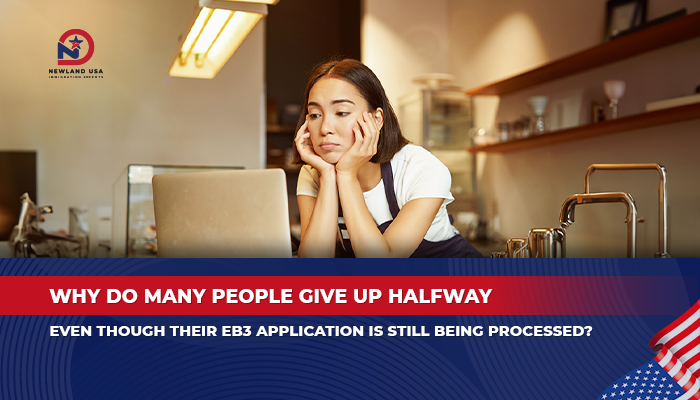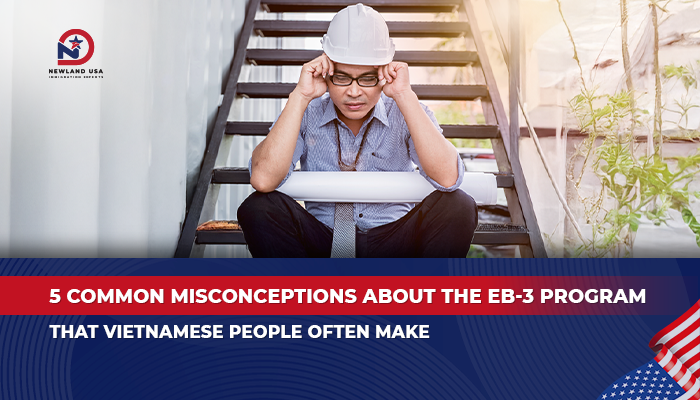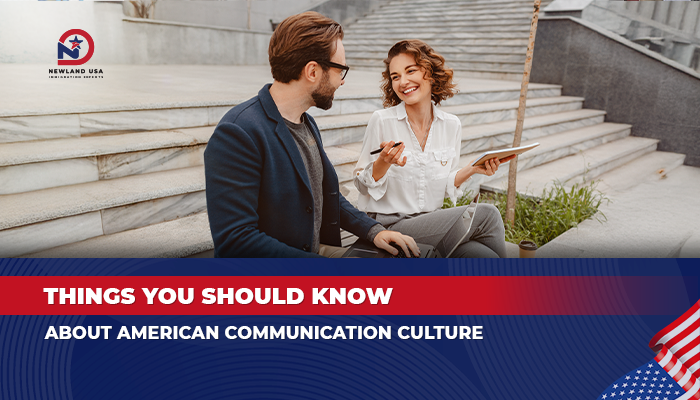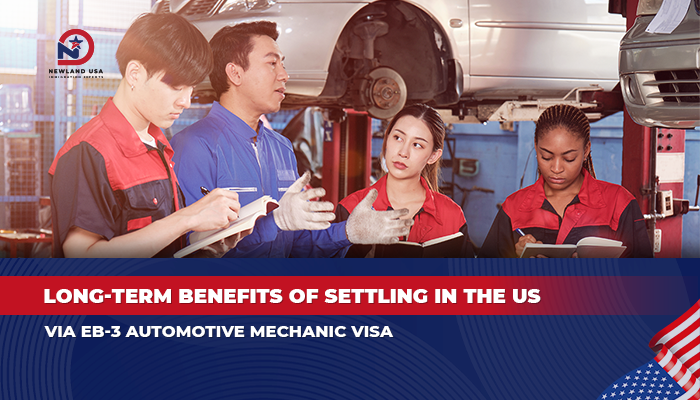Two Pathways to US Immigration: EB3 and EB5 – Which Option Suits Your Family?
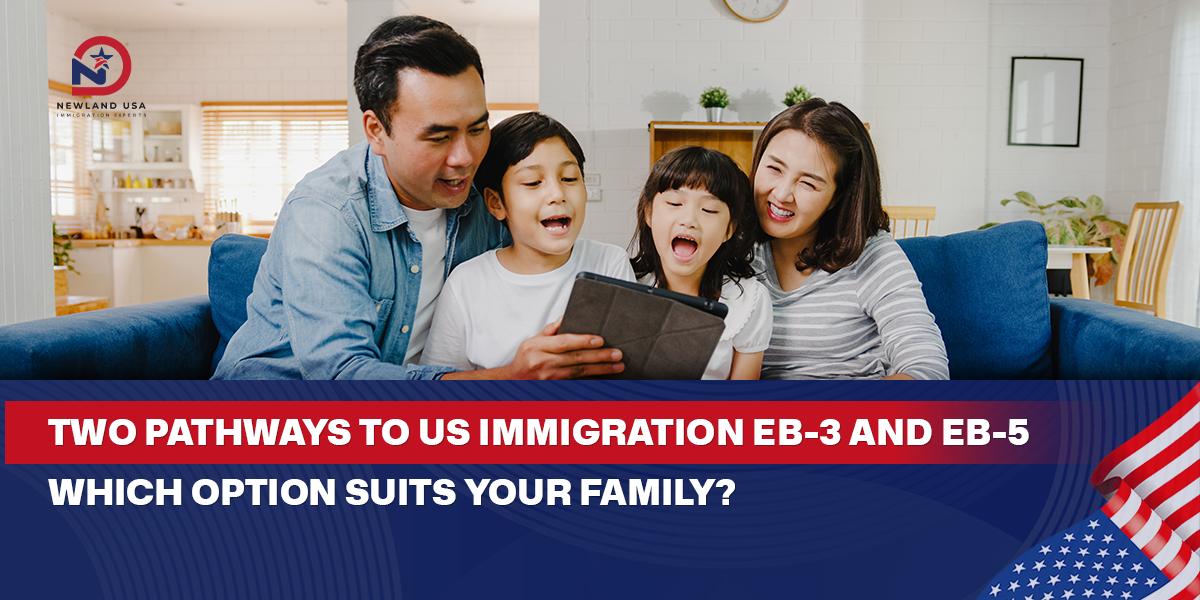
Learning thoroughly about immigration programs to settle in the US has always been a major concern for many Vietnamese families hoping to change their lives in another country. Among the most popular pathways today, US EB3 immigration and EB5 immigration program are considered the two most viable options. Each program has its own unique advantages, suitable for different target groups and financial conditions. This article from Newland USA will analyze in detail the two leading US immigration pathways to help you make an informed decision for your family’s future.
1. Overview of Two Leading Immigration Programs
When it comes to immigrating to the US, EB3 Visa and EB5 Visa are among the most chosen methods by Vietnamese people. Both programs can obtain permanent green cards, however they differ in participation requirements, processing time, and investment costs.
US EB3 immigration is for workers who want to immigrate through employment, while EB5 immigration program targets investors with strong financial capabilities. Understanding the characteristics of each program clearly will help you choose the most suitable path for your circumstances.
2. EB3 Program – Immigration Pathway Through Employment
2.1. Basic Characteristics of EB3 Visa
EB3 Visa is a program for foreign workers who want to immigrate to the US through employment. This is considered one of the most accessible pathways for the majority of middle-income families in Vietnam.
This program is divided into three main categories: Professionals (requiring a university degree), skilled workers (requiring at least 2 years of experience), and unskilled workers (not requiring high professional qualifications). Each category has specific requirements but all lead to the same goal of obtaining green cards for the entire family.
2.2. Requirements for US EB3 Immigration
To participate in US EB3 immigration, applicants must meet some basic conditions. First, they must receive an official job offer from an employer in the US. This employer is responsible for proving that they cannot find suitable American workers for that position.
This process includes conducting a domestic recruitment campaign lasting at least 180 days, posting job information on media channels, and reporting results to the US Department of Labor (DOL).
2.3. Outstanding Advantages of EB3 Visa
One of the greatest strengths of EB3 Visa is its relatively low participation cost. Instead of having to invest hundreds of thousands of USD like other programs, Vietnamese families only need to prepare about $50,000 – $80,000 USD for the entire process, including administrative fees and document costs.
Additionally, this program provides green cards for the entire family, including spouse and unmarried children under 21 years old. This means the entire family will enjoy similar rights as US citizens regarding healthcare, education, and social security.
2.4. Things to Note
However, the US EB3 immigration program also has certain limitations. The waiting time usually extends from about 5 years or more for the unskilled worker category due to the very large number of applications. The skilled worker category is much faster with processing time of only 2-3 years.
Additionally, participants will have employment contracts with the sponsoring employer for a certain period, so during this time they cannot freely seek other jobs. However, after completing the employment contract with the employer, workers can freely seek other jobs without any legal obstacles.
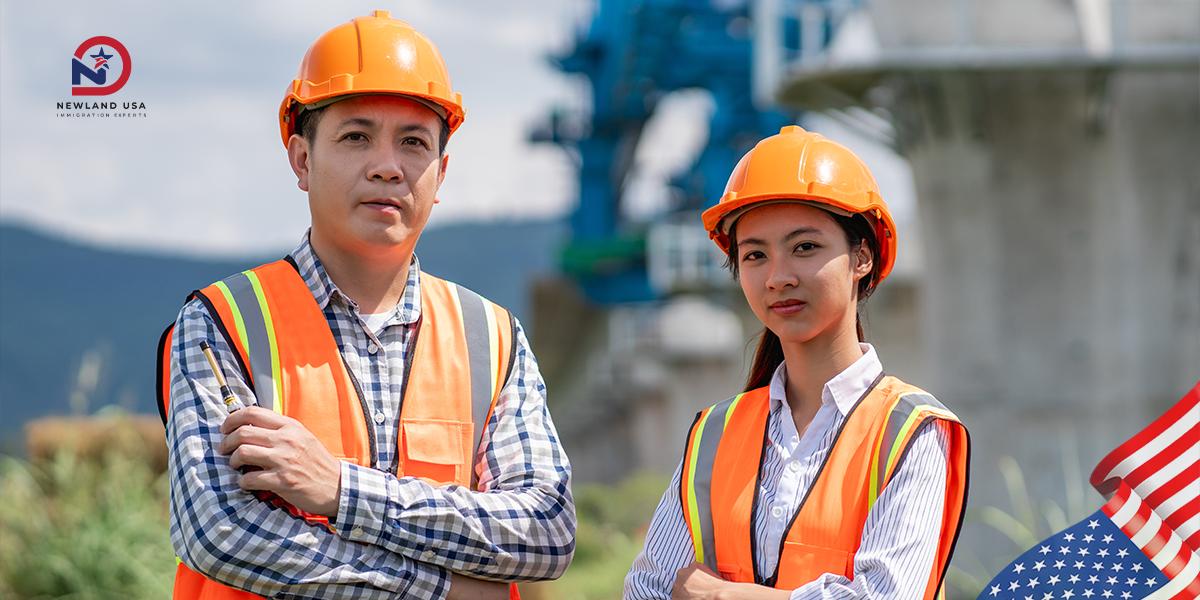
3. EB5 Program – Immigration Through Investment
3.1. Nature of EB5 Visa
EB5 Visa is a program established by the US Government since 1990 to attract foreign investment capital. The main goal of the EB5 immigration program is to promote economic development and create jobs for Americans.
Unlike EB3 Visa, this program does not require participants to have specific employment in the US. Instead, they need to invest a certain amount of money in government-approved projects.
3.2. Investment Requirements of EB5 Immigration Program
To participate in the EB5 immigration program, investors need to prepare at least $800,000 USD if investing in TEA (Targeted Employment Area) regions. For other areas, the investment level increases to $1,050,000 USD.
Besides meeting financial requirements, the investment project must create at least 10 full-time jobs for American workers within 2 years. Additionally, investors need to prove the legal source of investment funds through documents such as financial reports, tax records, or property transfer documents.
3.3. Superior Benefits of EB5 Visa
EB5 Visa brings many significant advantages for families with financial means. Processing time is usually faster than US EB3 immigration, lasting only 1 to 2 years.
Investors and their families have the freedom to choose where to live, work, and study in any state in the US. This creates high flexibility in building a new life in America. Investors’ children also enjoy free public education systems and preferential university tuition rates.
3.4. Risks and Challenges
Despite many advantages, the EB5 immigration program also comes with certain risks. High investment costs are a major barrier for many families. Additionally, investing in business projects always carries financial risks.
The document processing process can also be affected by the backlog of applications, especially from large markets like China and India.

4. Detailed Comparison Between Two Programs
4.1. Financial Aspect
The biggest difference between US EB3 immigration and EB5 Visa lies in financial requirements. While EB3 Visa only requires about $50,000 – $80,000 USD depending on each type, the EB5 immigration program requires a minimum investment of $800,000 USD.
This makes US EB3 immigration a more suitable choice for middle-income families, while EB5 Visa is for investors with strong finances.
4.2. Processing Time
The EB5 immigration program usually has faster processing time compared to EB3 Visa. However, both programs can be affected by application backlogs.
4.3. Professional Freedom
EB5 Visa provides complete freedom in choosing place of residence and career. Conversely, US EB3 immigration requires participants to work for the sponsoring employer for a certain period.
5. Suitable Choice for Your Family
5.1. When to Choose US EB3 Immigration
US EB3 immigration is an ideal choice for families with modest financial conditions. This program is suitable for those with certain professional skills or willing to take on general jobs.
Especially, EB3 Visa is the most viable path for young families who have time to wait and desire to build a stable career in the US. Additionally, EB3 Visa is also a very good choice for children of school age as this will help them integrate early into the academic environment in the US.
5.2. When to Choose EB5 Immigration Program
The EB5 immigration program is suitable for investors with strong finances who desire maximum freedom in choosing their life in the US. EB5 Visa is also a good choice for families with school-age children, helping them integrate early with the American education system.
If time is an important factor and you have the financial capability to meet requirements, the EB5 immigration program will bring faster results.

6. Conclusion
Both US EB3 immigration and EB5 Visa are leading pathways to achieve the dream of settling in the US. The choice between the two programs depends on financial conditions, personal goals, and each family’s ability to wait.
EB3 Visa provides opportunities for families with modest economic conditions but willing to commit to work in the US. Meanwhile, the EB5 immigration program is suitable for investors who want maximum freedom and fast processing time.
Newland USA, with a team of experienced experts and the motto “Stable Settlement – Lifelong Prosperity,” is ready to consult and support in preparing documents and accompany clients throughout the EB3 and EB5 US immigration process. Please contact Newland USA immediately via hotline 0785591988 or email: newsletter@newlandusa.asia for detailed and free consultation.




